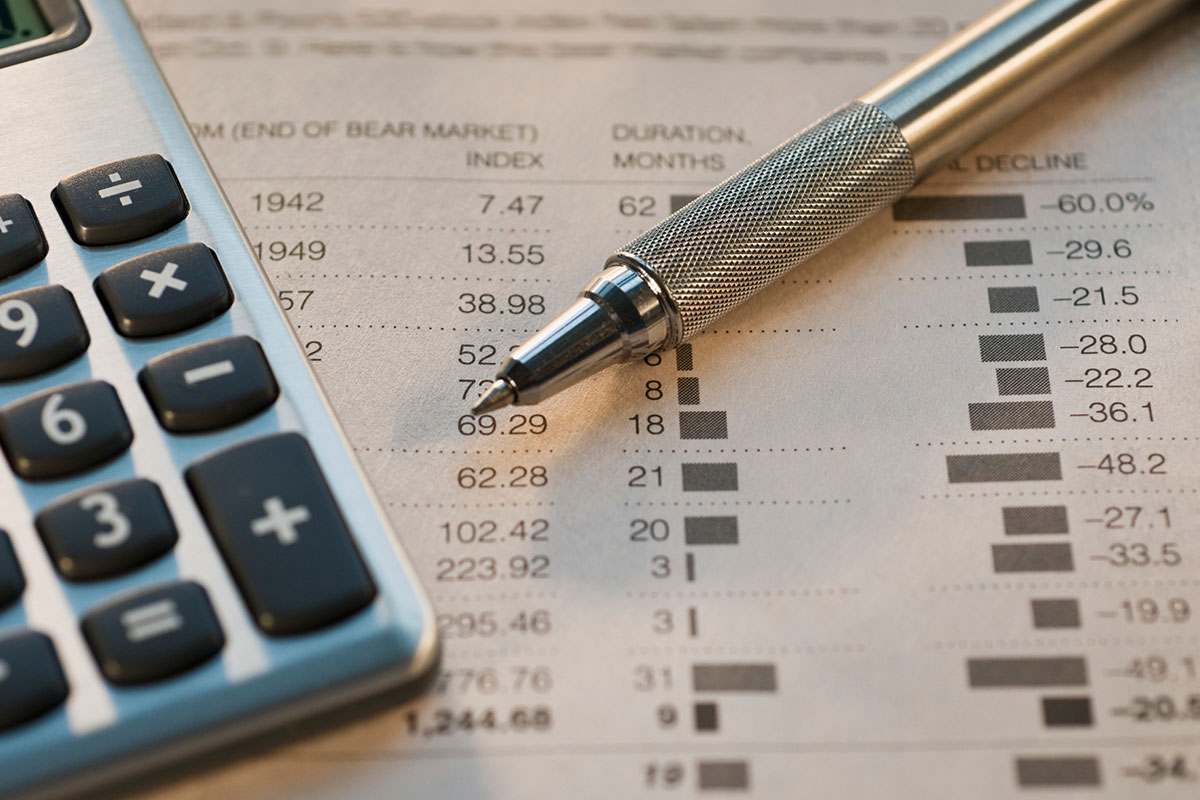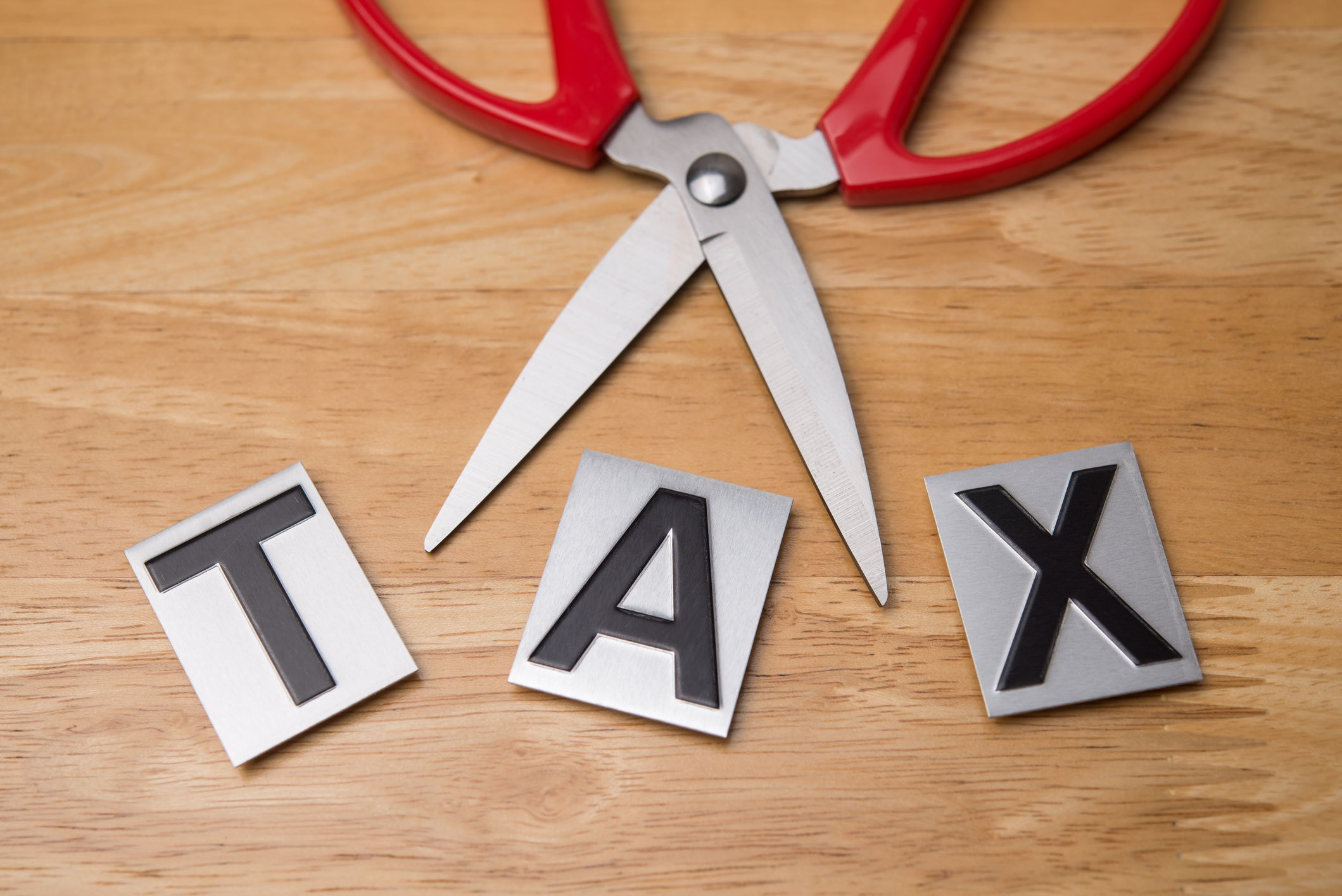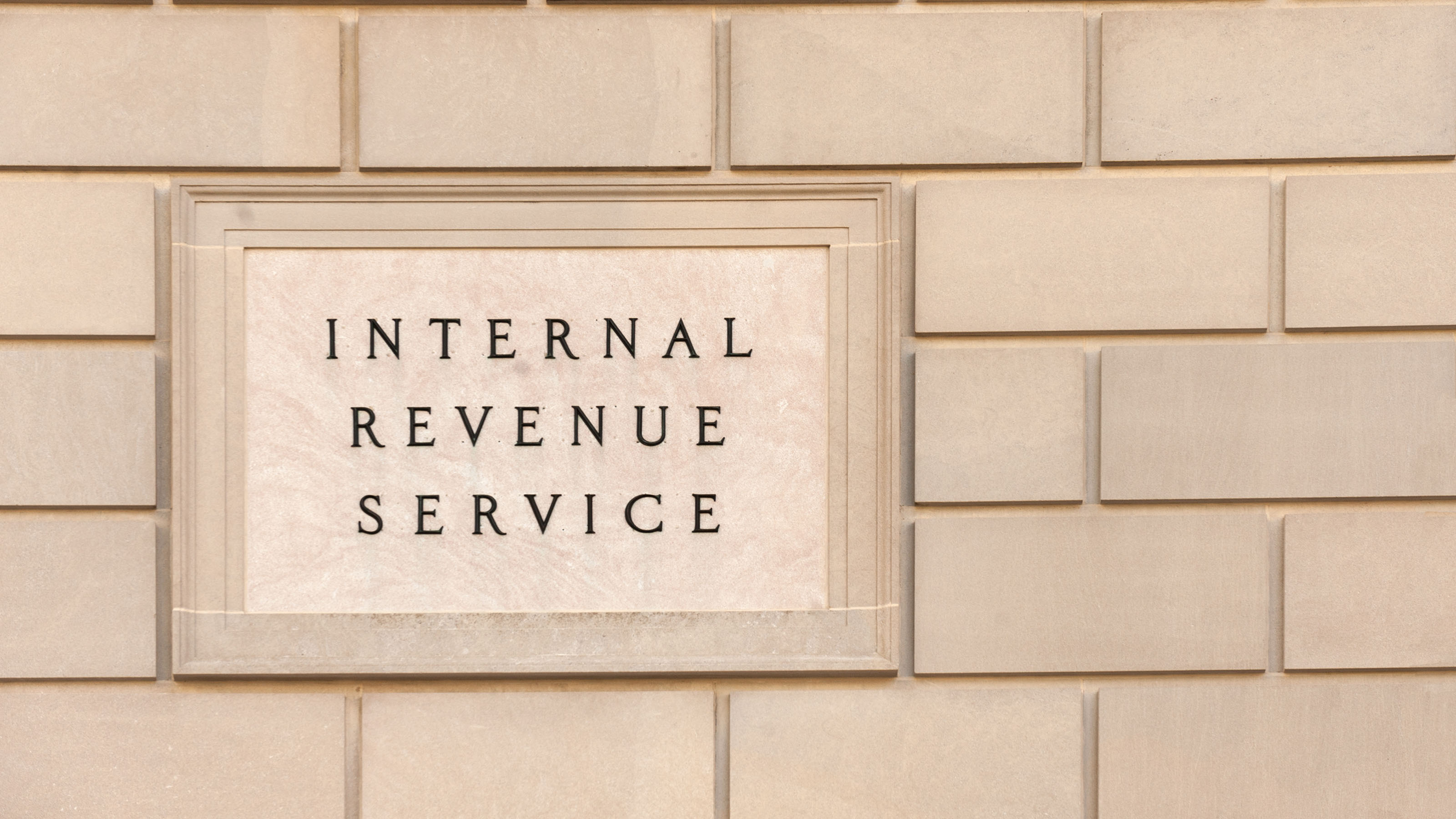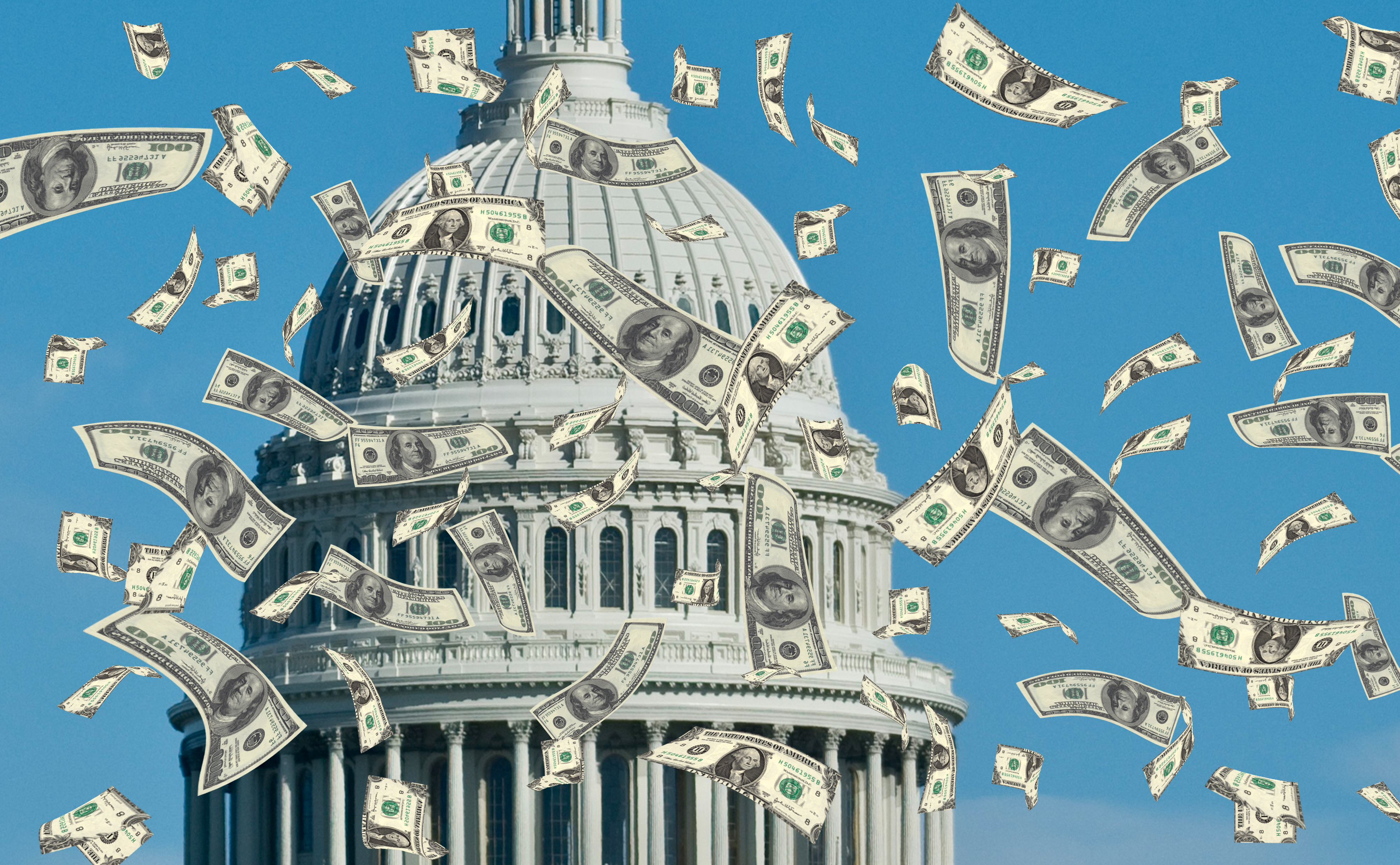What Investors Need to Know About the New Tax Law
Tax lawyers and accountants are burning the midnight oil trying to figure out all the ins and outs of the new tax law.


Tax lawyers and accountants are burning the midnight oil trying to figure out all the ins and outs of the new tax law. The men and women of the IRS, given less than two weeks between the day President Trump signed the law and the time most new provisions went into effect Jan. 1, are scrambling, too.
When Congress approves the most sweeping changes in the tax law in more than three decades, you can bet you'll be affected. Here are nine things you need to know about the new rules and your investments.

0% Capital Gains Rate Survives
The new law retains the favorable tax treatment for long-term capital gains and qualified dividends, imposing rates of 0%, 15%, 20% or 23.8%, depending on your total income. Long-term gains are the profits from the sale of assets owned more than a year. The tax on "ordinary" income, such as interest, salary and retirement plan payouts, and short-term gains, ranges from 10% to 37%.
In the past, your capital-gains rate depended on which tax bracket you fell in. But, with the changes in the brackets, Congress has income thresholds instead. For example, for 2018, the 0% rate for long-term gains and qualified dividends will apply for taxpayers with taxable income under about $38,600 on individual returns and about $77,200 on joint returns. The 20% rate applies to investors with taxable income exceeding $425,800 on single returns and $479,000 on joint returns. The 15% rate applies for investors with incomes in between.

FIFO Gets the Heave-Ho
For a while, it looked like Congress would restrict the flexibility investors have to control the tax bill on their profits. Investors who have purchased stock and mutual fund shares at different times and different prices can choose which shares to sell in order to produce the most favorable tax consequences. You can, for example, direct your broker to sell shares with a high tax basis (basically, what you paid for them) to limit the amount of profit you must report to the IRS or, if the shares have fallen in value, to maximize losses to offset other taxable gains. (Your gain or loss is the difference between your basis and the proceeds of the sale.)
The Senate called for eliminating the option to specifically identify shares and instead impose a first-in-first-out (FIFO) rule that would assume the oldest shares were the first to be sold. Because it's likely that the older shares have a lower tax basis, this change would have triggered the realization of more profit sooner rather than later.
In the end, though, this idea fell by the wayside. Investors can continue to specifically identify which shares to sell. As in the past, you need to identify the shares to be sold before the sale and get a written confirmation of your directive from the broker or mutual fund.

Like-Kind Exchanges Survive... But Only for Real Estate
Generally, an exchange of property is a taxable transaction, just like a sale. But the law includes an exception when investment or business property is traded for similar property. Any gain that would be triggered by the sale of such property is deferred in the case of a like-kind exchange. This break has applied to assets such as real estate and tangible personal property such as heavy equipment and art work.
Going forward, though, the new law restricts its use to like-kind exchanges of real estate, such as trading one rental property for another. It's estimated that the change will cost affected taxpayers more than $30 billion over the next ten years.

A New Break for REIT and MLP Investors
In conjunction with slashing the corporate tax rate from 35% to 21%, the new law creates a special 20% deduction for so-called "pass-through" businesses such as S corporations, limited liability companies and sole proprietorships.
For a taxpayer in the 24% tax bracket, for example, sheltering 20% of qualifying income from tax has the same effect as cutting the rate to 19.2%. And, since real estate investment trusts and master limited partnerships are pass-through businesses, unitholders get the same break on the taxable income they receive.

Plusses and Minuses for Munis
Although municipal bonds retain their tax-free status under the new law, their taxable-equivalent yields will drop for many investors due to changes in the tax brackets and rates. For a top-bracket taxpayer in 2017, for example, a 3% muni was worth as much as a 5.30% taxable bond. Under the new rules, in 2018 the same bond would have a taxable equivalent yield of 5.06%, or potentially 4.90% if the wider tax brackets mean the investor is no longer in the highest tax bracket.
Other changes will likely add to munis' luster. Although the final bill rejected the threat of stripping tax-free status for private activity bonds to fund hospitals and airports, a ban on so-called advanced refunding bonds is expected to significantly restrict the supply of new bonds in the year ahead. That, plus a rush of new issues at the end of 2017 to beat the new law's crackdowns, could push up prices as buyers compete in a tightening market.

Savings Bond Tax Break
The version of the tax package passed by the House of Representatives called for repeal of the break that makes tax-free interest on U.S. Savings bonds used to pay for college for the taxpayer, his or her spouse or dependent.
The Senate, though, balked... and the break remains. As in the past, to qualify for tax-free treatment of interest, you must be at least 24 years old when you buy the bond, and the break phases out at higher income levels.

Investing in 529 College Savings Plans
The new law expands the use of 529 state college savings plans by allowing families to spend up to $10,000 a year from tax-advantaged accounts to cover the costs of K-12 expenses for a private or religious school. The $10,000 cap applies on a per-pupil basis.
Previously, tax-free distributions from these plans were limited to college costs. Although 529 contributions are not deductible at the federal level, most states offer residents a break for saving in the accounts.

Investing in Custodial Accounts and the Kiddie Tax
If you're investing for a child in a custodial account under the Uniform Gifts to Minors Act (UGMA) or Uniform Transfers to Minors Act (UTMA), you need to know about changes in the kiddie tax rules. Under the old law, investment income over a modest amount earned by dependent children under the age of 19 (or 24 if a full-time student) was generally taxed at the parents' rate, so the tax rate would vary depending on the parents' income. Starting in 2018, such income will be taxed at the same rates as trusts and estates, which are far different than the rates that apply to individuals. The top 37% tax rate in 2018 kicks in at $600,000 for a married couple filing a joint return, for example. That same rate kicks in at $12,500 for trusts and estates... and, now, the kiddie tax, too. But that doesn't necessarily mean higher taxes for a child's income that falls victim to the kiddie tax.
Consider, for example, a situation in which a child has $5,000 of income subject to the kiddie tax and that the parents have taxable income of $150,000. In 2017, applying the parents' 25% rate to the $5,000 would have cost $1,250. If the old rules still applied, using the parents' new 22% rate would result in an $1,100 tax on that $5,000 of income. Applying the new trust tax rates produces a kiddie tax bill of just $843 on the child's investment income.
The kiddie tax applies to investment income over $2,100 of children under age 19 or, if full-time students, age 24.

The Angel of Death Tax Break
That's what we call the provision that increases the tax basis of inherited assets to the value on the date the previous owner died. When it appeared that the new law would repeal the estate tax, some observers worried that the step-up rule would be changed or eliminated.
In the end, the estate tax was retained—with a much higher exemption amount so far fewer estates will have to pay it. And the step-up rule survived. If you inherit stocks, mutual funds, real estate or other assets, your tax basis will, in most cases, be the value on the day your benefactor died. Any appreciation prior to that time is tax free.
Profit and prosper with the best of Kiplinger's advice on investing, taxes, retirement, personal finance and much more. Delivered daily. Enter your email in the box and click Sign Me Up.

-
 How to Safely Open an Online Savings Account
How to Safely Open an Online Savings AccountOnline banks offer generous APYs that most brick-and-mortar banks can't match. If you want to make the switch to online but have been hesitant, I'll show you how to do it safely.
-
 7 Ways to Age Gracefully Like the Best Stock Photo Seniors
7 Ways to Age Gracefully Like the Best Stock Photo SeniorsAs a retirement editor, I've gleaned valuable wisdom (and a lot of laughs) from one older couple that tops the seniors' stock photo charts.
-
 My First $1 Million: Banking Executive, 48, Southeast U.S.
My First $1 Million: Banking Executive, 48, Southeast U.S.Ever wonder how someone who's made a million dollars or more did it? Kiplinger's My First $1 Million series uncovers the answers.
-
 Holiday Tax Scams 2025: 'Tis the Season to be Wary
Holiday Tax Scams 2025: 'Tis the Season to be WaryTax Scams Navigating tax tricks of the holiday season may be daunting, but don't let that destroy your festive spirit
-
 Estate Tax Quiz: Can You Pass the Test on the 40% Federal Rate?
Estate Tax Quiz: Can You Pass the Test on the 40% Federal Rate?Quiz How well do you know the new 2026 IRS rules for wealth transfer and the specific tax brackets that affect your heirs? Let's find out!
-
 The November CPI Report Is Out. Here's What It Means for Rising Prices
The November CPI Report Is Out. Here's What It Means for Rising PricesThe November CPI report came in lighter than expected, but the delayed data give an incomplete picture of inflation, say economists.
-
 Law Reversal Looming? Trump Eyes 2026 Gambling Winnings Tax Change
Law Reversal Looming? Trump Eyes 2026 Gambling Winnings Tax ChangeTax Deductions It's no secret that the IRS is coming after your gambling winnings in 2026. But how long will that last?
-
 Trump's Plan to Eliminate Income Tax: 7 Things to Know Now
Trump's Plan to Eliminate Income Tax: 7 Things to Know NowTax Policy The potential consequences of eliminating taxes in favor of Trump tariffs could impact everything from inflation to Social Security and might give some U.S. taxpayers pause.
-
 The 'Scrooge' Strategy: How to Turn Your Old Junk Into a Tax Deduction
The 'Scrooge' Strategy: How to Turn Your Old Junk Into a Tax DeductionTax Deductions We break down the IRS rules for non-cash charitable contributions. Plus, here's a handy checklist before you donate to charity this year.
-
 IRS Says You Made a Tax Return Mistake? A New Law Could Help You Fight Back
IRS Says You Made a Tax Return Mistake? A New Law Could Help You Fight BackTax Law Updated taxpayer protections change what the IRS must explain on error notices and how long you have to respond.
-
 Tax Refund Alert: House GOP Predicts 'Average' $1,000 Payouts in 2026
Tax Refund Alert: House GOP Predicts 'Average' $1,000 Payouts in 2026Tax Refunds Here's how the IRS tax refund outlook for 2026 is changing and what steps you can take now to prepare.
